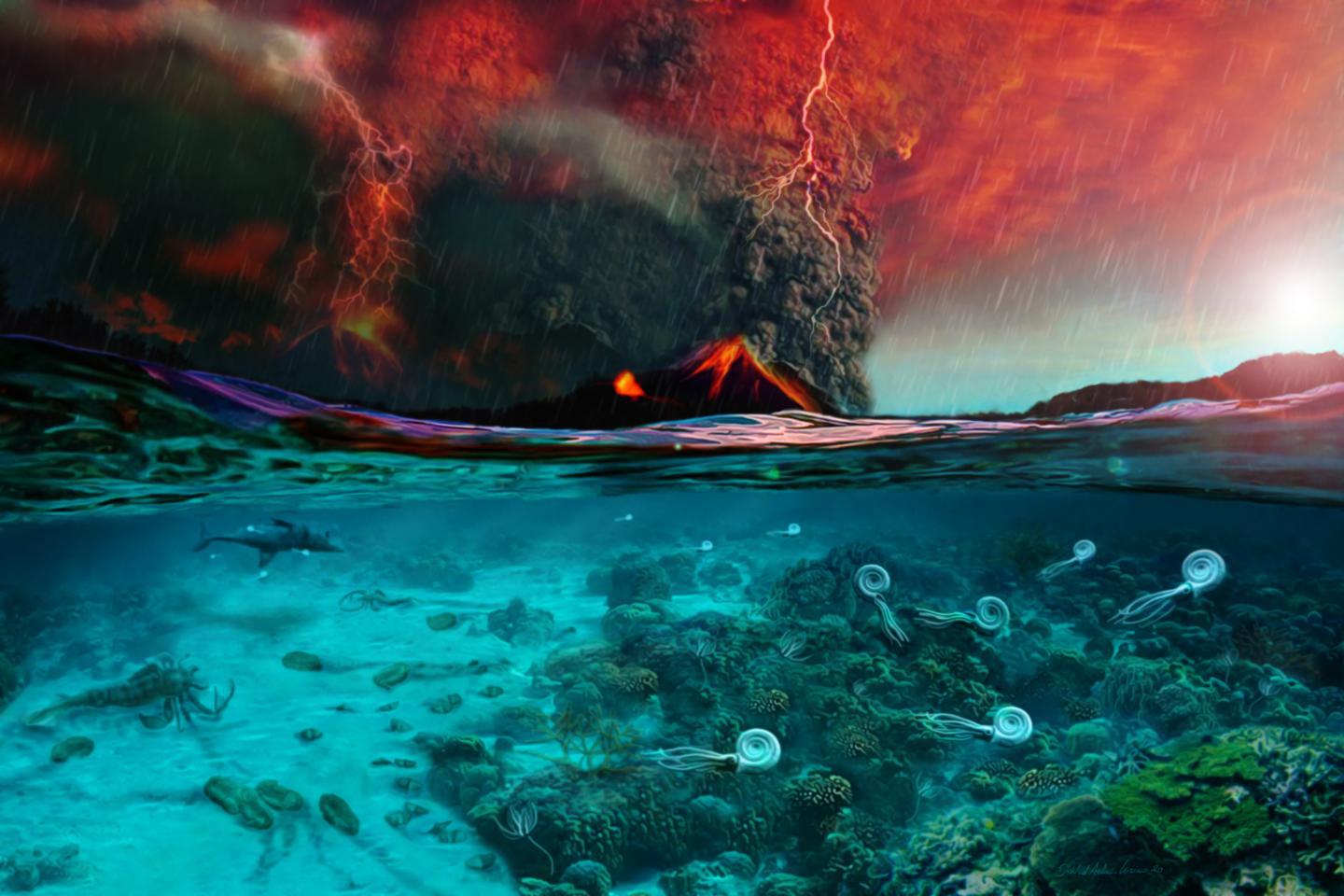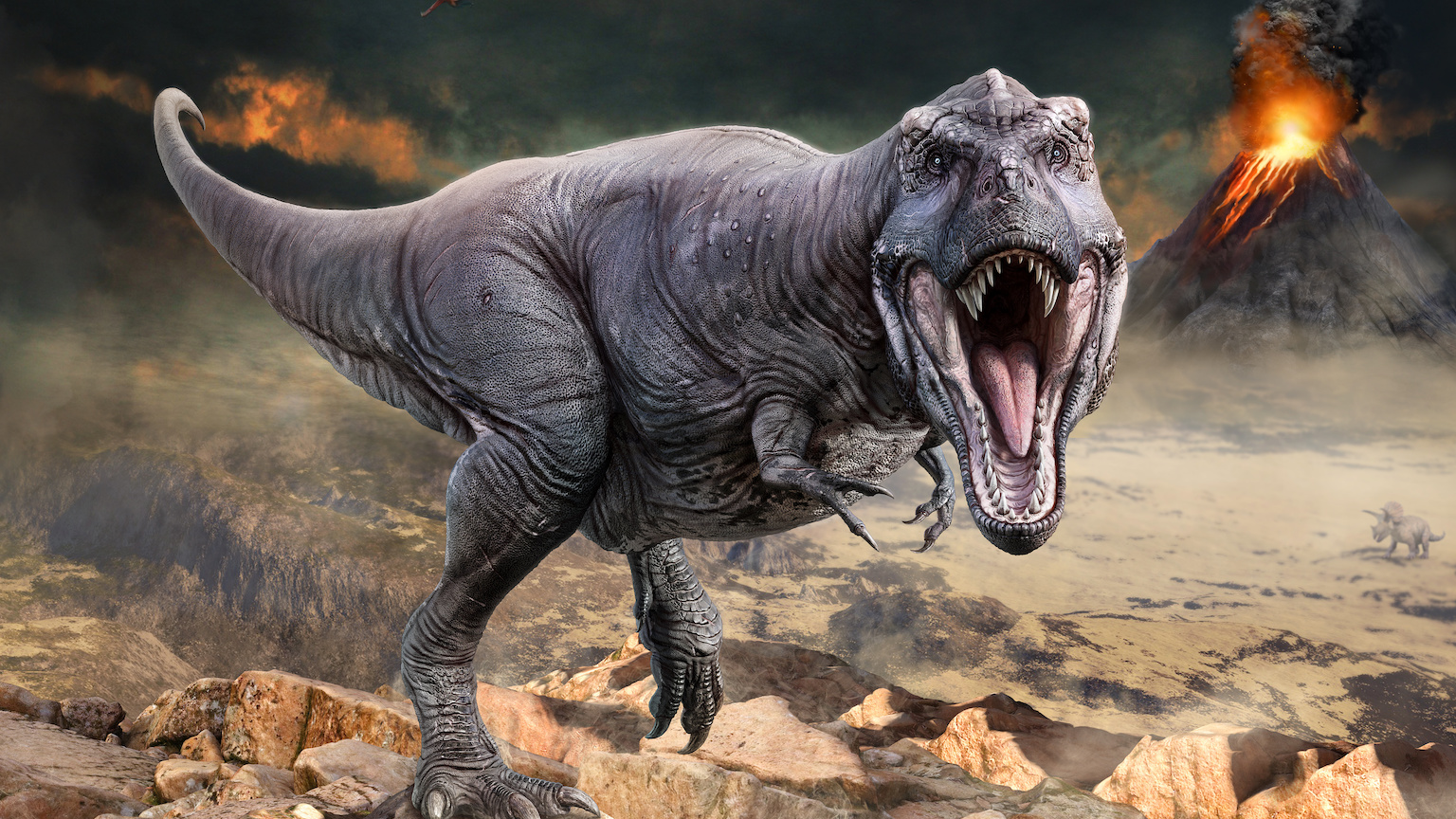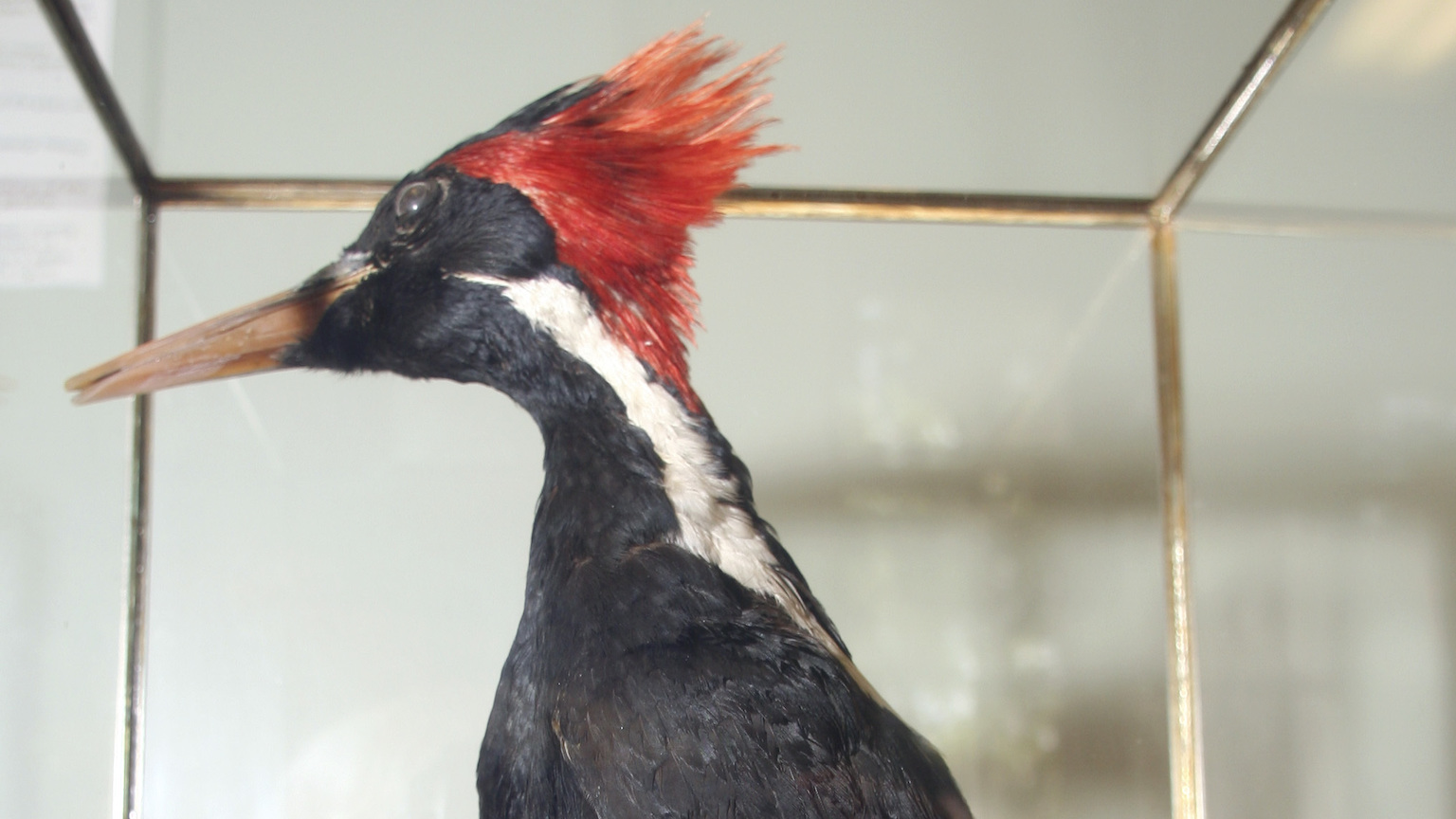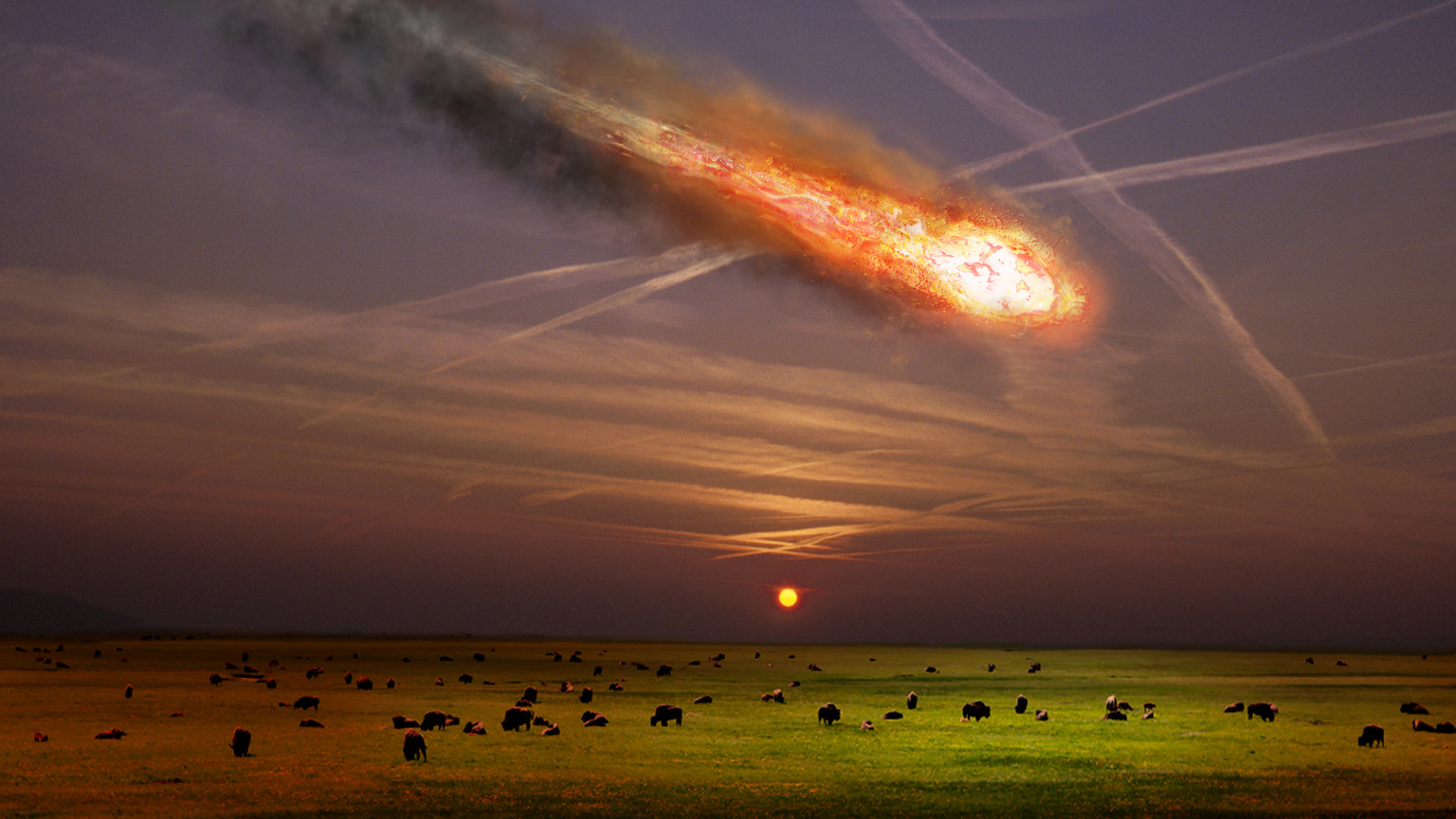What caused Earth’s 5 mass extinctions?
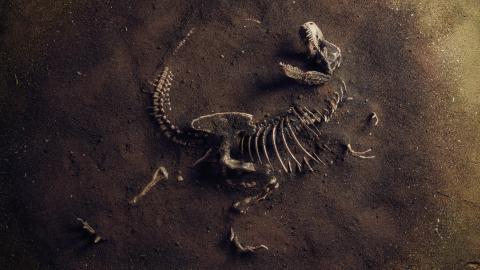
- Earth’s lifeforms have undergone five mass extinctions that we know of.
- What sorts of events wipe out the majority of species on Earth over a brief period of time?
- These events have guided evolution and led to human domination. They remain mysteries, with one clear exception.
Life on Earth began under mysterious circumstances billions of years ago. The most ancient dated microbial fossils suggest that life is at least 3.5 billion years old, during which time it occasionally experienced monumental setbacks. While species naturally come and go, several mass extinctions have occurred, resulting in the disappearance of many or most species on Earth.
The prevailing conditions at each of these times tell us about the progress of life. Some of these events diverted Earth’s geological journey onto a new path. What do we know about the five great mass extinctions?
Late Ordovician (443 million years ago)
The first mass extinction on record divides the Ordovician period from the succeeding Silurian period. At this stage of history, nearly all life was still in the sea. Molluscs and various hard-shelled simple creatures like trilobites were dominant. The first fishes with jaws appeared, destined to be the ancestors of nearly all modern vertebrates. The first plant fossils on land appear to date from this period, indicating what was to come.
The Ordovician extinction wiped out something like 85% of all marine species. Nearly all land mass was located in the Earth’s Southern Hemisphere at the time, and the current leading hypothesis is that the formation and then recession of glaciers across this hemisphere caused the extinction. As the glaciers grew, some species died, while others adapted to colder, drier conditions. When the ice melted, more of the survivors and adaptors drowned, overheated, or could not handle the changing atmospheric composition. The cause of the glaciation is debated. Studies have suggested mundane causes like rock weathering, or more exotic triggers such as a rain of chondrite meteors or a burst of gamma rays. The trouble is that this event occurred so long ago that the seafloor and the continents have all moved and significantly regenerated, covering up the evidence. (Very little of the current seafloor is more than 150 million years old.)
Surprisingly, this extinction did not drive the dominant species of Earth along a new direction. Most existing forms — clearly including our vertebrate ancestors — persisted in smaller numbers. They recovered to roughly their previous patterns within a few million years.
Late Devonian (372 million-359 million years ago)
During the Devonian period, colonization of land grew as plants and insects took to terra firma. Plants developed seeds and internal vascular systems to transport and store water. They did not yet face substantial competition from land-based herbivorous animals, and plants’ explosive growth might have reduced atmospheric carbon dioxide levels and led to global cooling. After the Devonian extinction event, tetrapods — ancestors to the first amphibians, and later to reptiles, birds, and finally mammals — began to dominate the land.
The extinction that closed the Devonian period appears to have begun with the Kellwasser Event, continued slowly for a few million years, and closed with the Hangenberg Event.
As cool as those names sound, we do not know what the events actually were. A 32-mile-wide crater in Europe was created around this time, possibly suggesting a meteorite strike. Two other strikes appear to have occurred within a few million years of this period. One group of scientists propose that a nearby supernova reduced atmospheric ozone. But evidence is circumstantial and speculative, which makes it difficult to draw hard conclusions. One group of researchers claims that this was not actually an extinction event. Rather, it was simply a period during which somewhat greater natural die-off coincided with a relatively slower rate of evolution of new species. Many theories, but no clear answer will remain a theme of these mass extinctions, with one glaring exception.
Permian-Triassic (252 million years ago)
The most brutal mass extinction occurred roughly 250 million years ago, and it took out the majority of species on the planet. Some scientists believe that as many as 90% to 96% of all marine species may have disappeared, while others claim it was probably closer to 80% to 85%. At least 70% of land vertebrates went extinct as well. Several types of animals disappear completely from the fossil record at this juncture. The supercontinent Pangaea was beginning to break up at this time, and the land was dominated by amphibians, early reptiles, and giant flying insects whose reign over the sky had not yet been challenged by birds and flying reptiles.
The causes of this event are not well known — they are buried too deeply and scattered by continental drift. The event appears to be relatively short by geological timescales, possibly concentrated across a million years or less. As with the other extinction events, researchers have found numerous geological patterns that shift dramatically around this time, but they cannot highlight one precise cause. Atmospheric carbon isotopes shifted, and giant volcanic eruptions occurred in modern China and Siberia. Coal beds might have burned, and microbes might have bloomed, changing the atmosphere with their metabolic processes. A number of current lines of thought speculate that some combination of these factors combined to warm the climate. In any case, this extinction did alter the course of life. It took land creatures millions of years to recover, and they did so with new forms.
Triassic-Jurassic (201 million years ago)
The Triassic period was bookended by die-offs, and this one was much less severe than its predecessor. Large crocodile-like reptiles called archosaurs dominated the land during the Triassic period. The Triassic-Jurassic extinction wiped out most of the archosaurs and opened the way for the emergence of an evolved subgroup of archosaurs that became dinosaurs and birds. These would go on to dominate the land across the Jurassic period. Early mammals survived the event and continued to slowly evolve, though they might have been relegated to eating bugs in the dark while cold-blooded reptiles ruled the daylight hours.
The most widely believed causal factor is interruptions in the composition of the atmosphere by volcanic activity that occurred around this time in the Central Atlantic Magmatic Province. Magma welled up across modern North America, South America, and Africa as these masses began to split apart. As they drifted away, these continental masses each carried a piece of the original field across what was becoming the Atlantic Ocean. Other theories of cosmic impact causes have fallen out of favor. Like the Devonian extinction, it may be possible that no particular cataclysm occurred, and life simply went through a period of dying a bit more quickly than it was growing.
Cretaceous-Paleogene (66 million years ago)
This is the one you are most likely familiar with: the end of the dinosaurs and the beginning of the modern (Cenozoic) era. Unlike the others, the cause of this extinction has become very clear to nearly all. Geological sediment strata around the world exhibit a layer of rock containing greatly elevated levels of the element iridium, a heavy metal that is extremely rare within the crust of the planet. Iridium is much more common in asteroids. The layer depth corresponds to the time of the extinction event. A 2016 drilling experiment at the Chicxulub crater in Mexico removed cores from the impact structure. Under analysis, these revealed iridium anomalies and other elemental signatures tying the crater to the worldwide iridium-rich layer.
The speculative and reconstructive nature of geological history consigns the events of previous eras to hazy mystery. We can point to boundary values in time, when fossil remains of certain species disappear. We can roughly examine the dates of changes in the Earth’s atmosphere, analyze deposits of material from volcanic activity and bolide strikes, and attempt to explain various geological trace records. But to conclusively ascribe mass extinction to these circumstantial pieces of evidence to events is fraught. Perhaps only the famous Cretaceous event, so clearly delineated by its worldwide iridium layer, can be conclusively explained. Regardless of why these events occurred, their steerage of dominant lifeforms is the plot line that has placed us here today.
